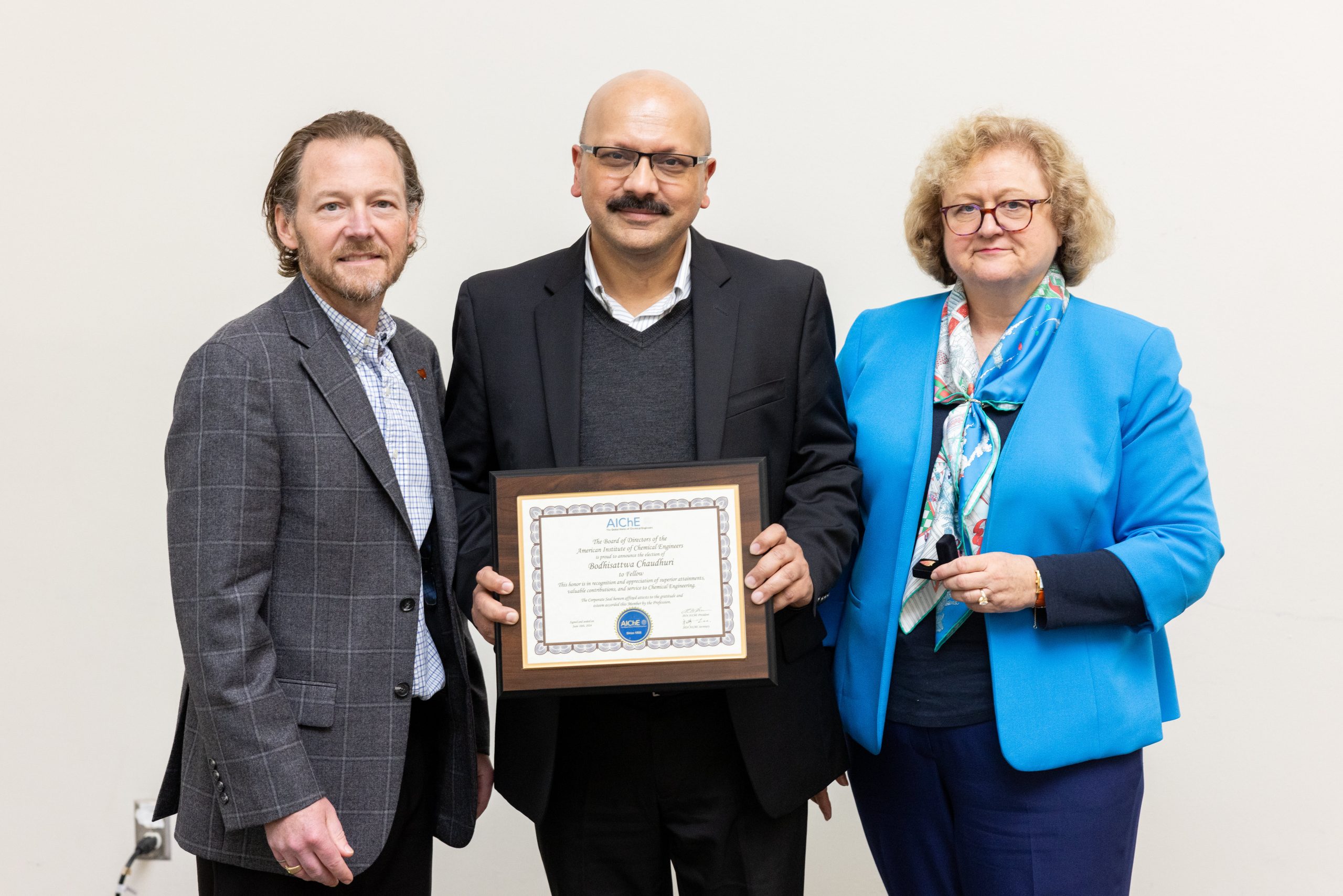The surging gig economy of Uber, Grubhub, and a flood of other contract employers is changing the nature of work — and landing more taxpayers in trouble with the IRS.
The Tax Clinic at the UConn School of Law is seeing an increasing number of clients who earned income as contractors and ended up facing tax penalties because they didn’t understand and follow the rules, according to Professor Lisa Perkins, the clinic’s director. These taxpayers don’t always know that they are required to make quarterly estimated tax payments throughout the year, and that they may have to pay penalties on top of their taxes if they don’t, she said.
“Many self-employed people assume that they can simply pay the full tax bill when they file their tax return on or before April 15 of the following year,” she said. “But if they have not paid in sufficient estimated taxes — or had those taxes withheld by their employer if their gig is a side job — they may be surprised when they get another bill for interest and underpayment penalties. Often, they also have not saved sufficiently to pay the entire tax bill when the filing date arrives.”
According to the IRS, the number of taxpayers facing penalties for underpaying their taxes rose from 7.2 million in 2010 to 10 million in 2017, an increase of nearly 40 percent.
At the Tax Clinic, the taxpayers who end up facing penalties tend to be people who are working as independent contractors in the newer aspects of the gig or sharing economy — driving for Lyft or Uber, delivering food for Grubhub or delivering packages for Amazon. But they also include people in more traditional forms of self-employment, which include cleaning houses, walking dogs or renting an accessory apartment.
The common factor is that the workers are paid as contractors, not employees. The payments they receive are not considered wages, and no taxes are deducted. The workers are entirely responsible for estimating how much they will owe in taxes, including the self-employment tax that covers Social Security and Medicare. Unless the total is less than $1,000 for the year, they must pay the taxes in installments throughout the tax year.
The Tax Clinic does not prepare tax returns but offers free legal representation to low-income taxpayers who have tax problems. In cases where taxpayers have not made the required estimated tax payments, law students working under the supervision of clinic faculty may help set up estimated payments and arrange alternative payments plans with the IRS and the Connecticut Department of Revenue Services.
“We can help people in this situation, but we want to help them avoid paying more than they will owe by saving for and paying in their estimated taxes on a quarterly basis,” Perkins said. “For those who experience financial hardship or accumulate tax debts they cannot pay, we may also be able to settle their tax debt for less than they owe. But if they are still self-employed, they will need to make estimated taxes to get into current compliance in order to qualify for an Offer in Compromise or an Installment Agreement.”
Although the clinic represents only taxpayers whose incomes fall below certain levels, depending on the size of the family, non-payment of estimated taxes can affect anyone who earns money that is not subject to payroll deductions, Perkins said. Some things that taxpayers should know include:
- Estimated tax payments are made four times a year and in most cases must total either 90 percent of the current year’s tax liability or 100 percent of the previous year’s liability.
- The rules about estimated payments are different for farmers and fishermen and taxpayers earning more than $150,000.
- Taxpayers who don’t earn enough to pay income tax must still pay self-employment tax.
- Taxpayers who qualify for certain credits such as the Earned Income Tax Credit may not need to make estimated tax payments, but they should re-check each year to make sure their expected credits will offset any self-employment and income taxes owing on self-employment income.
- People who have a job with payroll deductions and earn money on the side are responsible for payments on the extra income, but may cover it by increasing their payroll deductions on their W-4 Form.
The Tax Clinic has produced a video and an FAQ explaining estimated tax payments. Perkins recommends that taxpayers who earned non-wage income in 2019 and did not pay estimated taxes consult those resources and use the tools available through the IRS at www.irs.gov/payasyougo to figure out whether they owe estimated taxes.



